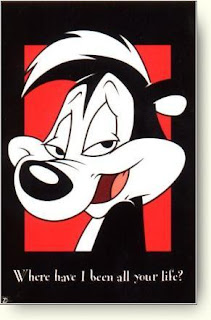Journal Article Analysis
Buying Me Love:
1980s Class-Clash
Teen Romances
By Timothy Shary
In Timothy Shary article, “Buying Me Love: 1980s Class-Clash Teen Romances” (2011) he
points out how the economy during the eighties played a role in the movie
industry showing the differences in social class in teen romance movies and how
teenagers struggle to overcome these differences when falling in love with
someone of different social class.
Timothy explores the meaning behind teen romance movies such as Valley Girl (1983), Reckless (1984), Tuff Turf
(1985), Lucas (1986), Pretty in Pink (1986), Some Kind of Wonderful (1987), and Can’t Buy Me Love (1987). In each of these movies, there is a social
class difference between boy and girl, their family and friends that creates a
conflict in the relationship. But by the
end of the movie, the moral of the story is that love will overcome any
conflict two teenagers come across (Shary, 2011).
The article is laid out with a understanding of the events
leading up to the eighties such as changes in presidents from Carter to Reagan,
the financial problems our country was experiencing, and Hollywood’s creation
of teen romance movies. A change in
popular culture went from catering to adults to attracting teenagers that spend
money on fashion, music and movies. The
movie industry succeeded in grabbing teenager’s attention with creating movies
that portrayed their fantasies and dreams of loving someone. Timothy showed the similarities of conflicts
in certain teen romance movies such as family conflicts like parents opposing
their teenager’s partner or a parent character more into the background of the
movie because of their careers and the distinct appearance of class differences
by their clothing, hairstyles and cars (Shary, 2011).
Another key point that is described in the article is the
class differences between teenagers and how they are similar in eighties teen
romance movies. There is the wealthy characters that seem to get more attention
from their peers because they wear the current fashions, throw cool parties and
drive fancy cars and then there is the poor class characters that must work to
achieve respect and appreciation, they denounce the things wealth can buy, and
this character shows they have better morals that rises them about class
statuses. By the end of the movie, both
social class characters throw aside their class statuses and show a non-class
attraction between them (Shary, 2011).
I agree with Timothy Shary breakdown of eighties teen
romance movies and not just because he nailed the formula of the narrative of
these movies but because these movies were all classics and help to form the
general view of teen movies. Before the
movie industry started teenage movies, they catered to the adults when it came
to romance movies but the eighties brought on a lot of changes towards
teenagers with such creations as MTV (Music Television). And as the decade came
to a close, so did the teenage romance movies about being with the rich football
star or the princess of the school.
This articles was important to me because even to this day I
still love to watch eighties teen romance movies and am always on the lookout
for copies of the ones I don’t own. I
remember as a kid/teenager watching those movies wishing that it was me having
a crush over some cute guy in my class that never noticed me. This is why when I saw this article I knew
this was the one for me. I enjoyed
reading what Timothy Shary wrote about these classic movies and look forward to
picking out his viewpoints next time I watch one of these films.
References
Shary, T. (2011, June). Buying me love: 1980s
class-clash teen romances. Journal of Popular Culture, 44(3), 563-582.
doi:10.1111/j.1540-5931.2011.00849.x







